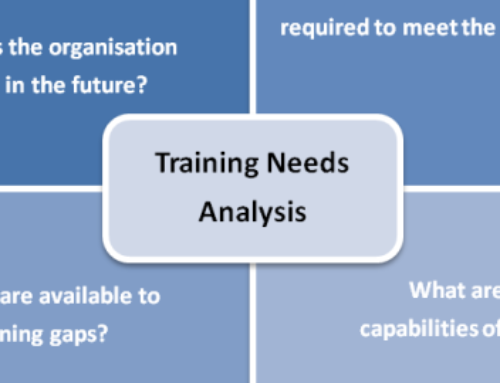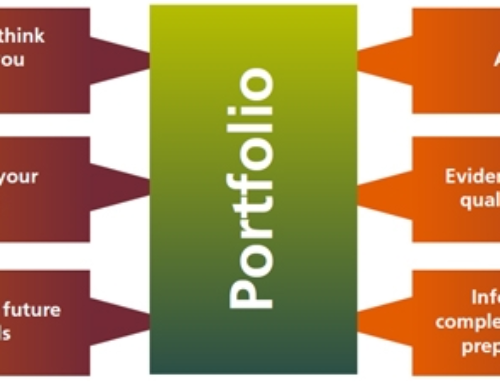A traditional eLearning development project can take several months assuming you are already familiar with the technology, if not then you must add a few more months for research, selection, and learning the new software. These obstacles stop millions of educators to enter this field. We at Cavendish have decided to publish a series of articles to remove these barriers and show how you can go online and build your courses step by step. This article is about course design and what you should consider when you put a course together.
Course design:
FIRST- SIZE UP THE SITUATION.
- WHO IS THIS COURSE FOR? The key factors are Learners’ age, background knowledge, the purpose of learning, the learners’ circumstances (employed, students, unemployed, etc…)
- DO YOU HAVE THE COURSE CURRICULUM? In many cases the course curriculum does exist, for example: National Curriculum, University course modules, In-house corporate training.
- WHAT EXTERNAL PROFESSIONAL STANDARDS NEED TO BE MET? All external examination bodies provide an exam guide or syllabus which you must ensure your course will address them.
- WHAT IS THE LEARNING ENVIRONMENT? Would your learners attend any face-to-face classes? Do they access their course from home, work, or college? Do they work as a group or individuals?
NEXT – PUT THE COURSE TOGETHER.
Follow this simplified course design guide to develop your first online course. State the rational for your online course (e.g., you want to reach a wider audience, to assist your current, training your staff, etc.) State your course’s aims and objectives, Identify 3-5 general goals for the course. Prepare a more specific list of learning outcome. This will help you define the course content and type of activities. You should write the course content now, start by listing the key subject headings and expand on it as you develop the course further. You can use the same headings to build the course format. Keep the number of topics to around 8 to 12. Each topic must deliver part of the syllabus and satisfy the relevant learning outcome. Start assigning the learning resources, activities, and assignments to each topic.
Define the following for your course syllabus (first draft)
- Design Your Course: There are different techniques that can be used, one is product design technique which can be used to develop your course and put it through like a very simple product development plan, like the one shown in this Graph.
 Also you can use mind map to design your course.
Also you can use mind map to design your course.  Mind maps are diagrams that visually map information using branching and radial maps trace back centuries. These pictorial methods record knowledge and model systems, and a long history in learning, brainstorming, memory, visual thinking, and problem solving by educators, engineers, psychologists, and others.
Mind maps are diagrams that visually map information using branching and radial maps trace back centuries. These pictorial methods record knowledge and model systems, and a long history in learning, brainstorming, memory, visual thinking, and problem solving by educators, engineers, psychologists, and others. - Rationale: Why does this course exist? How does it fit in with the learner’s needs?
- Course Aims: Thinking from the prospective students’ point of view, what general outcome is the course designed to achieve? How will it contribute to them professionally?
- Specific Learning Outcome: By the end of this course, students will:
- List as specifically as possible the learning outcomes the course is intended to produce.
- Think about the kinds of evidence you will need to assess these outcomes.
- WRITE THE COURSE CONTENT: A schedule of work and topics, along with a reading list. Open a Sample Curriculum
- COURSE FORMAT: Decide on the course structure and how will it be carried out? I suggest you structure your course based on the number of topics (between 8 to 12 learning chunks periods). Rather than weeks, this will be more flexible. Also, you have to establish your expectations from the learners, such as attendance, participation, course work, assessment… Download Content Management Form
- Develop your teaching strategies to achieve the course goals:
- Determine the specific learning recourses for the course. (Video clip, voice over slide shows, instructional notes, sequence of reading, links to articles….)
- Determine the specific learning activities for the course. (Writing assignments, multiple-choice exams, individual and group projects, class discussion, participation in wiki pages…)
- Determine how you will assess student learning and achievement. (Most course activities can address one or more of the learning outcomes listed in your course, and formal assessments can be set to cover the remaining goals set by the course.)
- You can write the syllabus now: Consider the following items as a foundation for a syllabus that helps students understand a teacher’s expectations as well as basic course information. Use this checklist as a guide for what might be included in your course syllabus.
Syllabus Checklist:
-
- A brief statement of overall course objective that introduces students to the outcome of a course. Consider the personal tone set here as an important aspect of this statement.
- A few words about course format, so the students understand how the course will be delivered.
- A brief statement of expectations in terms of student responsibilities, clearly stating what the program expects (such as participation and the level of work).
- A statement of what assessment techniques will be used to evaluate students, including information on grading policies.
- A schedule of work and topics, along with week-by-week reading assignments.
- Due dates for papers, exams, projects, and so on, including any policies about late assignments.
- Any pertinent information about academic policies and procedures (such as class attendance, making up assignments, and institution wide policies).
- De-bugging the design: Plan an evaluation of the course itself and test each element as you are building it. You can get your students and colleagues to evaluate your course material and give you feedback (prepare a feedback form).





